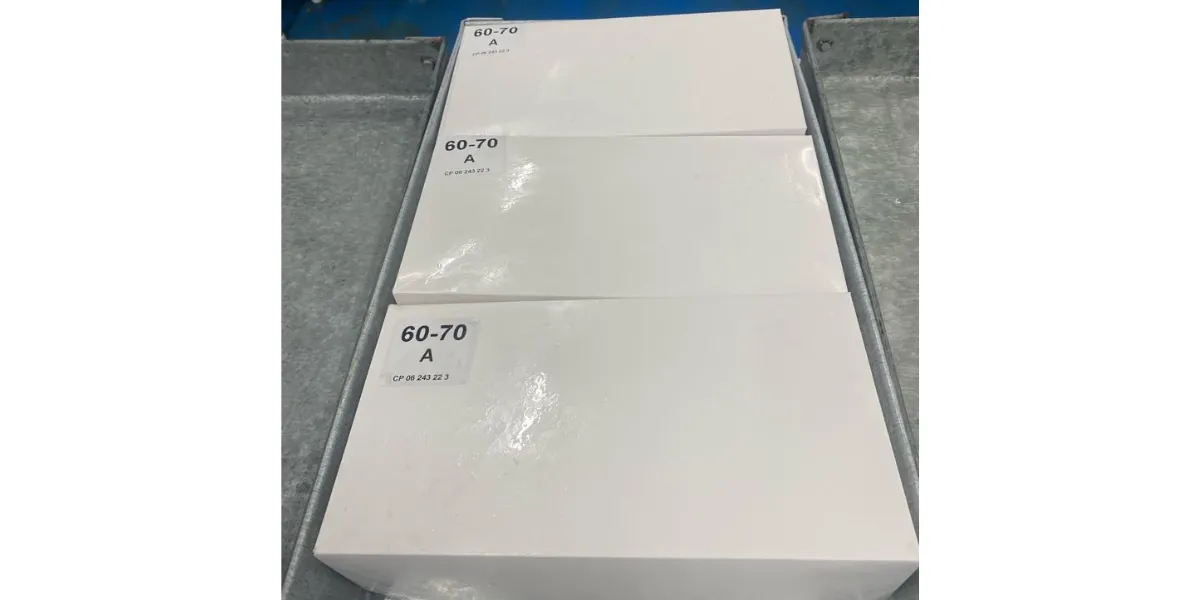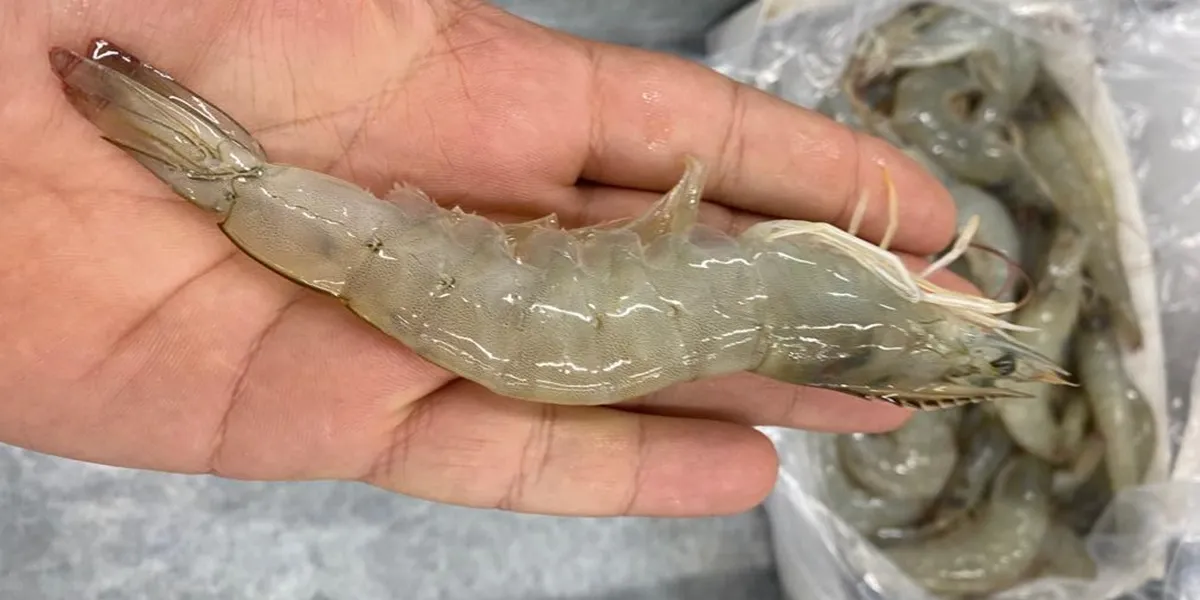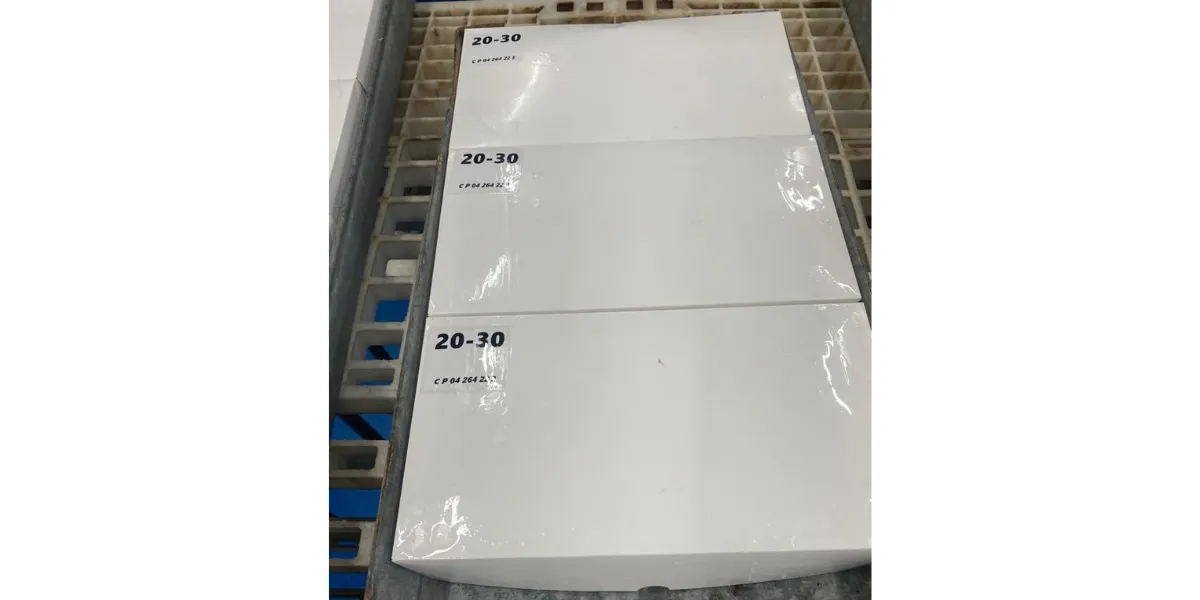When it comes to premium seafood exports, Iranian shrimp is quietly making waves. With its naturally rich flavor, firm texture, and low antibiotic footprint, Iran’s shrimp industry is emerging as a serious contender in global markets. Comparing the quality of Iranian shrimp with other exporting countries reveals surprising advantages rooted in Iran’s unique farming conditions—especially the warm coastal waters of the Persian Gulf and the Gulf of Oman, which provide an ideal environment for cultivating Litopenaeus vannamei (whiteleg shrimp).
Unlike some high-volume exporters, Iran emphasizes sustainable practices and minimal chemical use, which translates into cleaner, more natural-tasting shrimp. As global buyers become more quality-conscious, understanding how Iranian shrimp stacks up against competitors like India, Ecuador, and Vietnam is essential for importers, chefs, and seafood brands. In this article, we’ll dive deep into the scientific, environmental, and market-based comparisons that define shrimp quality worldwide. Stay with us to uncover insights that could reshape your view of the global shrimp trade.
Iranian Shrimp at a Glance: Production, Species, and Export Markets
Iran’s shrimp industry has grown steadily over the past decade, with coastal provinces like Bushehr, Hormozgan, and Sistan-Baluchestan leading the way. The dominant species farmed is Litopenaeus vannamei (whiteleg shrimp), prized for its adaptability and mild flavor. Companies such as Pishva Holding have played a pivotal role in scaling production while maintaining quality standards.
Iran’s shrimp farms benefit from warm waters and low-density stocking, which reduce disease risk and improve meat texture. The country’s exports primarily target Russia, China, UAE, and parts of Europe. According to recent reports, Iran exported over 50,000 tons of shrimp in 2023.
Here’s a quick snapshot:
| Region | Species Farmed | Export Destinations |
| Bushehr | Whiteleg Shrimp | Russia, UAE |
| Hormozgan | Vannamei Shrimp | China, Vietnam |
| Sistan-Baluchestan | Native & Vannamei Mix | EU, Southeast Asia |
When comparing the quality of Iranian shrimp with other exporting countries, Iran stands out for its low antibiotic use and natural farming conditions, though branding and logistics still need improvement.
Scientific Criteria for Shrimp Quality Assessment
Shrimp quality is determined by a combination of biochemical, microbiological, and sensory parameters. Iranian producers, especially those listed under Iranian Shrimp Supplier & Wholesale, are increasingly adopting global standards to meet export demands.
Key scientific criteria include:
- Texture and firmness: Measured via shear force analysis
- Flavor profile: Influenced by feed and water salinity
- Microbial safety: E. coli, Vibrio spp., and total plate count
- Chemical residues: Heavy metals, antibiotics, and preservatives
A study published in Fisheries and Aquatic Sciences found that the shelf life of Litopenaeus vannamei varies between 17–20 hours post-harvest at room temperature, emphasizing the need for rapid cold chain logistics.
Iranian shrimp often scores well in freshness and microbial safety due to minimal chemical intervention. However, comparing the quality of Iranian shrimp with other exporting countries like India or Vietnam reveals gaps in certification and traceability systems.
To improve global competitiveness, Iranian suppliers should:
- Adopt ASC/BAP certifications
- Implement digital traceability
- Invest in rapid freezing technologies
Comparing Iranian Shrimp with Top Exporters: India, Ecuador, Vietnam
When comparing the quality of Iranian shrimp with other exporting countries, it’s essential to look beyond volume and pricing. Countries like India, Ecuador, and Vietnam dominate global shrimp exports, but each has distinct strengths and weaknesses.
| Country | Strengths | Weaknesses |
| Iran | Natural farming, low antibiotics | Limited branding, logistics gaps |
| India | High volume, competitive pricing | Antibiotic concerns in some batches |
| Ecuador | Premium quality, ASC/BAP certified | Higher cost |
| Vietnam | Advanced processing, tech-driven | Occasional quality inconsistencies |
Iran’s shrimp, particularly vannamei, is gaining attention for its clean taste and firm texture. According to Types of shrimp species reports, Iran focuses on whiteleg shrimp but also cultivates native varieties that offer unique flavor profiles.
To compete globally, Iran must:
- Improve branding and storytelling
- Expand into premium retail channels
- Strengthen cold chain infrastructure
Environmental and Genetic Factors Influencing Shrimp Quality
Shrimp quality is deeply influenced by environmental conditions and genetic selection. Iran’s coastal waters offer ideal salinity and temperature ranges for Litopenaeus vannamei, contributing to better growth rates and meat texture.
Recent meta-analyses show that genotype-by-environment interactions significantly affect shrimp survival and stress tolerance. Iranian farms, with their low-density stocking and natural feed inputs, often produce shrimp with superior flavor and lower stress markers.
Key environmental factors:
- Water salinity: Enhances muscle firmness
- Temperature stability: Reduces disease outbreaks
- Feed composition: Impacts lipid content and taste
Genetic factors include:
- Selective breeding for disease resistance
- Hybrid strains for faster growth
- Stress-tolerant lines for export resilience
When comparing the quality of Iranian shrimp with other exporting countries, Iran’s edge lies in its natural environment and potential for genetic innovation. However, scaling these advantages requires investment in research and collaboration with global breeding programs.
Post-Harvest Handling: How Iran Ensures Shrimp Freshness
Maintaining shrimp freshness after harvest is critical to preserving quality and meeting international standards. In Iran, post-harvest handling practices are designed to minimize microbial growth and preserve the natural taste and texture of shrimp. The process begins immediately after harvesting, especially in southern provinces like Bushehr and Hormozgan, where warm temperatures accelerate spoilage.
Key steps in Iran’s post-harvest protocol include:
- Rapid chilling: Shrimp are cooled with crushed ice at the harvest site to reduce body temperature.
- Cold chain logistics: Transported in refrigerated trucks to processing centers within hours.
- Quick processing: Cleaning, sorting, and freezing occur within 6 hours of harvest.
- Export-grade packaging: Vacuum-sealed, moisture-resistant packs ensure long shelf life.
Compared to other exporting countries, Iran uses fewer chemical preservatives, relying instead on speed and temperature control. This gives Iranian shrimp a cleaner flavor profile and better texture retention. When comparing the quality of Iranian shrimp with other exporting countries, Iran’s freshness advantage is a key differentiator—especially for buyers seeking natural, minimally processed seafood.

Market Perception: How Buyers Rate Iranian Shrimp
Global buyers are increasingly recognizing Iranian shrimp for its natural taste, firm texture, and low chemical footprint. Importers in Russia, China, and the UAE have praised Iranian shrimp for its clean flavor and compliance with health standards. According to recent trade reports, Iranian shrimp is often preferred over alternatives from high-volume exporters due to its purity and consistency.
Buyer feedback highlights:
- Natural flavor without artificial additives
- Low antibiotic usage, meeting EU and Russian safety standards
- Firm texture, ideal for grilling and premium dishes
However, Iranian shrimp still faces challenges in branding and certification. Many buyers note the lack of internationally recognized labels like ASC or BAP, which limits access to premium retail channels.
When comparing the quality of Iranian shrimp with other exporting countries, Iran scores high in raw product quality but needs improvement in marketing and traceability. With strategic investment, Iran can shift from being a commodity supplier to a premium brand in global seafood markets.
Strategic Recommendations to Boost Iran’s Shrimp Competitiveness
Iran has the potential to become a leading exporter of premium shrimp, but it must address structural gaps to compete with countries like Ecuador, India, and Vietnam. Based on industry analysis and expert recommendations, several strategies can help Iran elevate its global position.
Key recommendations:
- Obtain international certifications: ASC, BAP, and HACCP to build buyer trust.
- Develop national branding: Create a unified identity for Iranian shrimp exports.
- Upgrade cold chain infrastructure: Improve logistics at ports and processing hubs.
- Train skilled workforce: Focus on quality control, processing, and export compliance.
Comparing the quality of Iranian shrimp with other exporting countries shows that Iran’s raw product is competitive. However, to unlock premium markets, Iran must invest in soft infrastructure—branding, certification, and digital traceability. These steps will not only boost export volumes but also increase profit margins and global recognition.
Iran’s Potential in the Premium Shrimp Segment
Iranian shrimp is quietly emerging as a premium contender in the global seafood market. With its natural farming conditions, low chemical use, and excellent flavor profile, Iran offers a compelling alternative to mass-market exporters. Recent studies show that demand for clean-label seafood is rising, and Iranian shrimp fits this trend perfectly.
Why Iran stands out:
- Pristine coastal waters with ideal salinity and temperature
- Minimal antibiotic use, meeting strict health standards
- Unique taste and texture, favored by chefs and importers
When comparing the quality of Iranian shrimp with other exporting countries, Iran’s strength lies in its purity and potential for upscale branding. With the right investments in certification and marketing, Iran could become a go-to source for premium shrimp in Europe, Asia, and beyond.
Conclusion: Where Iranian Shrimp Stands in the Global Race
Iranian shrimp is no longer just a regional product—it’s a rising star in the international seafood arena. What sets it apart is a combination of natural farming conditions, low antibiotic usage, and a flavor profile that rivals even the most established exporters. When comparing the quality of Iranian shrimp with other exporting countries, it becomes clear that Iran offers a compelling balance between sustainability and taste. While countries like Ecuador lead in certifications and Vietnam excels in processing technology, Iran’s edge lies in its purity and potential for premium branding.
For buyers seeking clean-label seafood, Iranian shrimp presents a unique opportunity. However, to fully capitalize on this potential, Iran must invest in global certifications, improve cold chain logistics, and build stronger brand recognition. The global market is shifting toward transparency and quality—and Iran is well-positioned to meet that demand. Whether you’re a seafood distributor, chef, or consumer, keeping an eye on Iranian shrimp could be a smart move. The tide is turning, and Iran’s shrimp is riding the wave.
FAQ
1. Does Iranian shrimp meet international health standards?
Yes, most Iranian producers follow strict hygiene protocols, and many shipments comply with EU and Russian regulations.
2. What makes Iranian shrimp different from Indian or Vietnamese shrimp?
Iranian shrimp is known for its natural flavor, low antibiotic use, and firm texture, while others may rely more on additives or intensive farming.
3. Which countries import Iranian shrimp?
Major importers include Russia, China, UAE, and select European nations.
4. How is shrimp quality assessed scientifically?
Through texture analysis, microbial testing, chemical residue checks, and sensory evaluation.
5. Can Iran compete with top shrimp exporters?
Yes, especially in the premium segment, if it invests in certifications, branding, and cold chain logistics.



